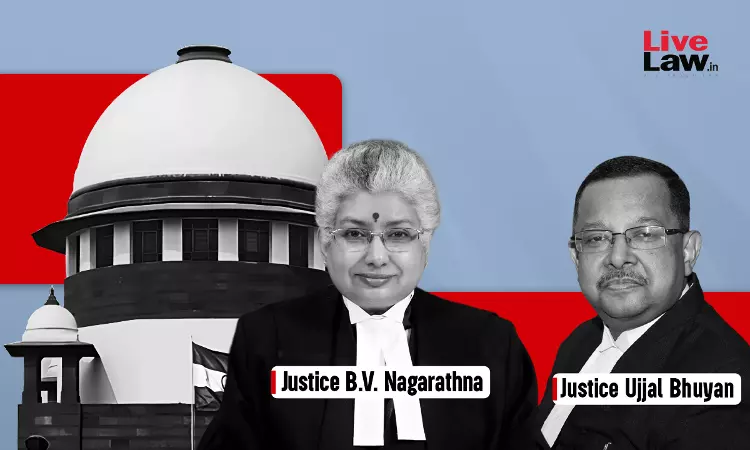The Supreme Court has ruled that it is permissible for the legislature to remove a defect in an earlier legislation, as pointed out by a constitutional court in exercise of its powers of judicial review. The court said the defect can be removed both prospectively and retrospectively by a legislative process and previous actions can also be validated. “However, where a legislature merely...

